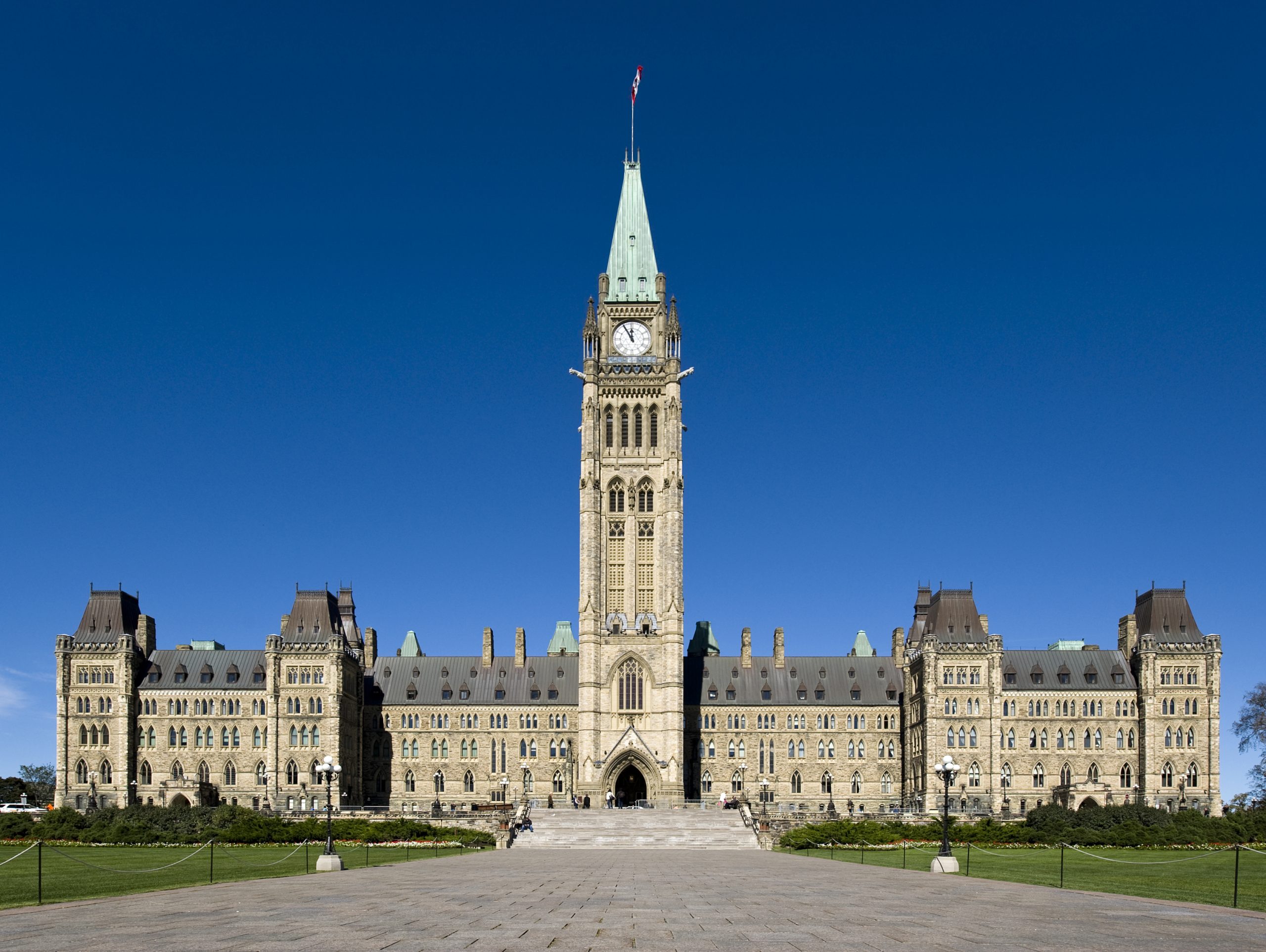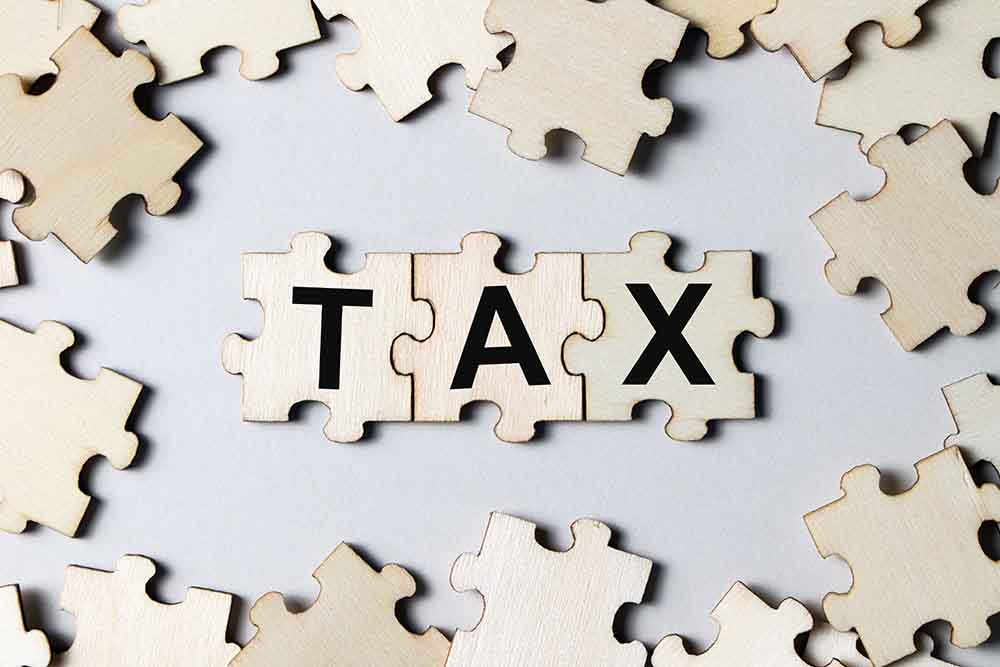Think back 20 years. Any suggestion that eastern and central Europe were desirable economic models came only from Western socialists, university professors and others with an eternal grudge against free markets. What a difference perestroika, McDonald’s in Moscow, the fall of the Berlin Wall, and the collapse of the Warsaw Pact makes. “New Europe” moved on, saw the future, and decided not to include in it tax regimes that punish wealth creation. The region is now something of a darling for tax reformers.
In January, Romania scrapped its multiple-bracket system with marginal rates as high as 40% for a single 16% tax rate on personal and business income. Romania, once home to one of the most repressive communist regimes, was country number nine to jump on the flat-tax express. Existing riders include Estonia (first, in 1994), and Georgia (also in January), Latvia, Lithuania (wages and salaries only), Russia, Serbia, Slovakia, and Ukraine. But it’s not just Europe. Alberta added itself to this list when it switched to a single rate of provincial income tax in 2001.
Many wrongly assume that flat taxes aren’t progressive. To understand why, consider Alberta. The provincial personal income tax rate is 10% for all income above $14,523, the current basic personal exemption. To keep it simple, calculate the provincial income tax of a single person with no other deductions. At $10,000, the tax filer pays nothing, at $20,000 he pays 2.7% of his income, at $50,000 7.1%, and at $100,000 8.5%. Because of the basic exemption, the tax system is still progressive, just not steeply severe and punishing (which is perhaps why “single tax” might be a more accurate label than flat tax).
Beyond the confusion over progressiveness, some critics argue that flat tax regimes allow high income earners to escape paying their fair share. Here are the facts on Alberta’s personal income tax revenues after the move to a single tax.
According to Budget 2004 forecasts, the top 15% of Alberta’s income earners paid 66.9% of last year’s provincial income tax revenues. That’s up from 63% in 2000, the year before the single tax rate took effect. Meanwhile, the bottom 50% of those who filed tax returns paid just 1.5% of the provincial income tax burden in 2004. (That compares to 3% in 2000.) There’s a name for such a distribution: progressive.
Flat taxes improve incentives, reduce complexity, and increase compliance. On the economic impact, Britain’s Adam Smith Institute noted last year that flat tax systems “boost the economy by considerably improving incentives to work, save, invest and take entrepreneurial risks.” This is almost unremarkably obvious given the flattening of steep, multiple brackets.
Another advantage is a reduction in the complexity of the tax code and an increase in compliance. A recent International Monetary Fund study looked at Russia’s 2001 switch to a single tax rate of 13% and noted that revenues rose by 26% in the first year of implementation. The IMF argued there was no evidence of a strong supply side effect to the reform; what the report did find was that compliance was up by one-third. In Georgia, which moved to a 12% flat tax in January, the size and weight of the previous tax code was reduced by 95%, according to Alvin Rabushka, a Stanford economist and author of The Flat Tax. A Chinese translation of this book led top Beijing mandarins to consider a flat tax, which Hong Kong has had since 1947.
Single tax proposals have also been floated by opposition parties in Poland and the Czech Republic. Last July, a Finance Committee in Germany suggested a 30% flat tax rate; advisors to Spain’s socialist government are also considering the idea.
Could Canada move to a flat tax model? Similar to Alberta’s switch over, the federal government would have to introduce a generous basic exemption and a low rate to ensure relief for all. It’s the only fair and politically sensible way to proceed and only a problem if one thinks Ottawa shouldn’t cut taxes. It would also help blunt the usual arguments from envy.
Flat taxes increase compliance and thus more fairly spread the tax burden. They still have the wealthy paying a proportionately larger share of income taxes. They simplify the tax code. They lead to higher economic growth. And, if properly implemented, everyone pays less. Other than the last item, there’s nothing there that even a self-professed progressive tax lover couldn’t like. Who knows? Perhaps the left will again praise eastern and central Europe’s economic models.


